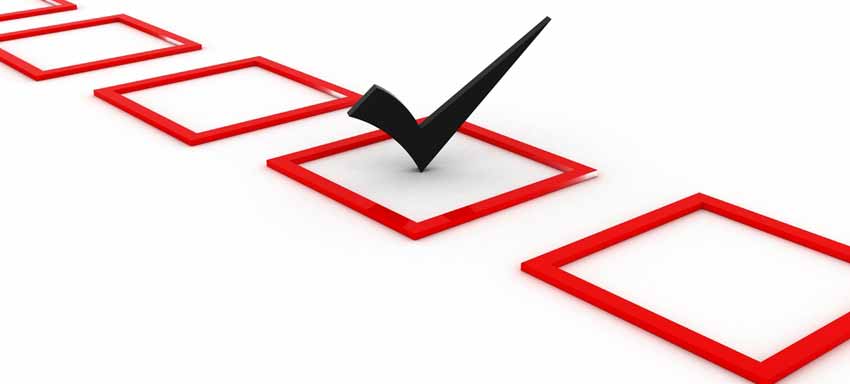
While picking a 3D printer, the principal thing you ought to ask yourself is what it will be utilized for and what 3D print models’ quality do you require. Before settling on a choice, step back and imagine the details and contrast them with objects and real dimensions.
3D printers have been around for quite a while, however, because of their current fame, the majority are just now starting to comprehend their benefits due to their 3D print models quality abilities. The number of 3D printers is on growing mode and it can turn out to be a challenge to pick the correct one for the best quality 3D prints.
Ideally, this article will be sufficiently informative to give an instructive brief of the essential standards which determines how to achieve the right 3D print models and 3D prints quality factors.
Wall Thickness
Issues connected to wall thickness are the most well-known reasons why certain 3D models are not printable.
Walls that are too thin make smaller parts on the model and not able to be printed and could damage easily. Whereas, walls that are too thick create excessively inner stress and could break the model.
Resolution
The most 3D model software has the alternative to send out your designs to an STL document and set the coveted determination. Resolutions that are too low or too high both can bring about issues.
The low-quality resolution will never provide you a good quality 3D print models. On the contrary, high resolution will make your file difficult to deal with. So, we can set Deviation Tolerance to just a little under .001” to maintain the quality of 3D print models.
Up to date software
Keep in mind, fix errors and currently available functionality. So, check for updates consistently and upgrade to them. Turn that on the auto update feature (if available) for automatic upgrades.
Enhance filament adhesion
Ordinary print issues, for example, warping is brought about when the initial few layers don’t stick accurately to the printed. To enhance the filament adhesion, you can coat the bed with Kapton tape or masking tape. You may also apply glue to the bed.
3D Printing Material
The material is a vital part of 3D prints model depending upon the model. All the materials have diverse qualities and costs, your 3D printing model must be compatible with that material.
Also, the cost of the 3D model can be influenced enormously relying upon the material chosen, particularly when printing a large build.
Follow the manufacturer’s guidelines for software and print settings. Step by step read the setup guidelines even if it looks straightforward to get better 3D prints.
First Layer Issues
The main layer does not stick appropriately; subsequently, a few sections become free. These issues are run of the mill signs that the print bed has not been leveled appropriately. The base surface frequently shows undesirable lines, if the nozzle is too far away from the bed, or potentially the first layer does not stick.
Also, if the nozzle is excessively close, blobs might be the outcome.
Hence, re-level the print bed with our printer software. Likewise, clean the print bed as much as possible.
Contact us for a complete solution to your 2D and 3D architectural draftings.
